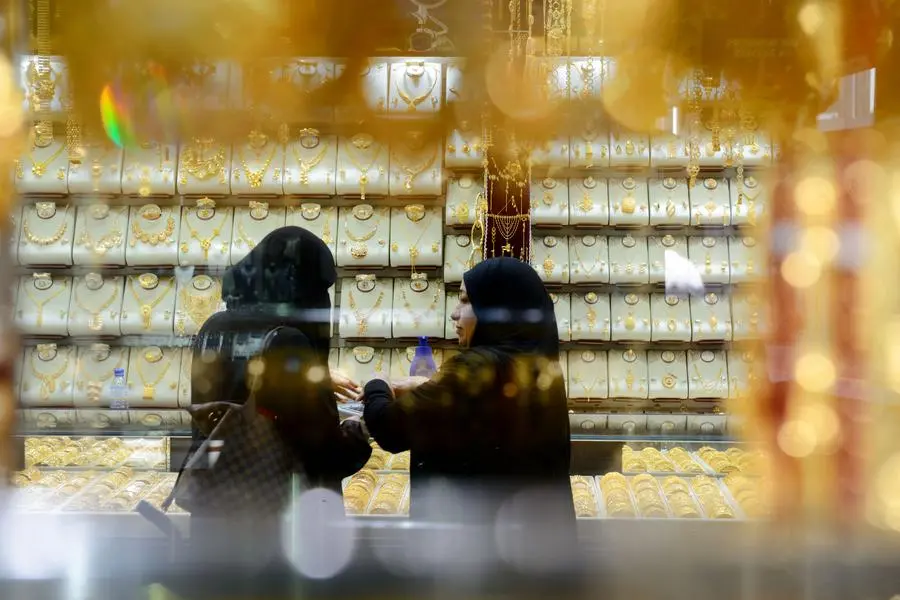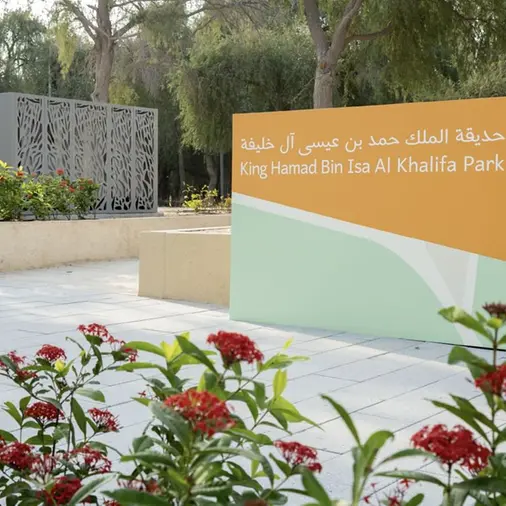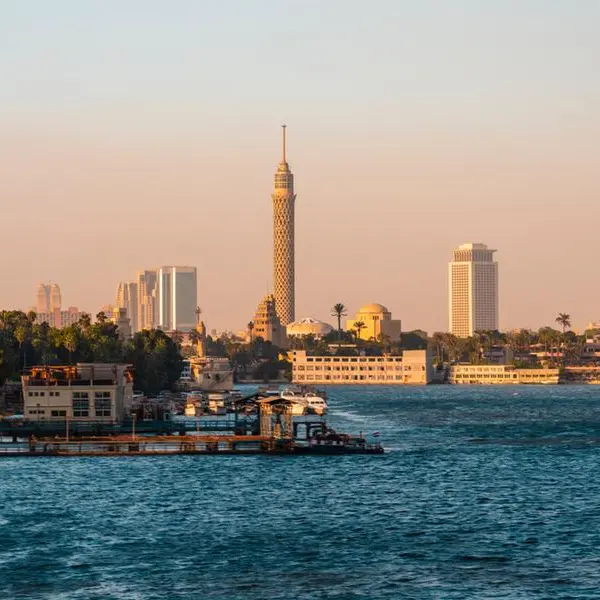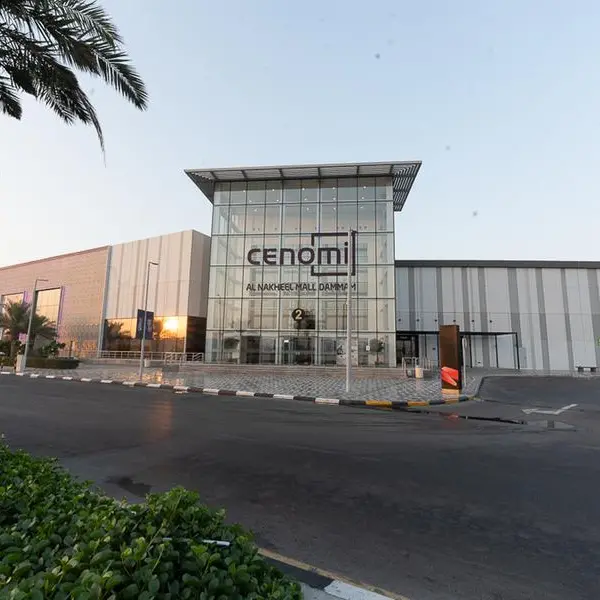PHOTO
The retail market for gold jewellery in the UAE had a lacklustre performance in 2023 compared to the previous year, with annual jewellery consumption falling by 15%, according to the latest data.
Total consumption between January and December 2023 reached 39.7 tonnes, down from the 46.9 tonnes recorded in 2022, the World Gold Council (WGC) said in a report released on Wednesday.
The decline, which was one of the biggest in the Middle East region, was mainly due to the spurt in post-COVID demand during 2022, when a huge influx of tourists drove annual consumption to its highest level in six years.
“The drop in the UAE was mainly due to the high base of 2022, which had been boosted by the post-COVID return of tourism,” the report said.
Like the UAE, Egypt also posted huge losses, with jewellery consumption dropping by 17%, the highest in the region.
The decline in the Egyptian demand was due to continued domestic economic challenges, notably the depreciation of the local currency, which affected domestic consumers. Geopolitical tensions and falling tourism also had a detrimental impact, the report said.
In Kuwait, consumption also slipped by 3% to 14.3 tonnes.
However, Saudi Arabia outperformed its peers in the region, with jewellery consumption rising marginally by 1% to 38 tonnes.
“Nevertheless, demand remained relatively subdued as pent-up post-COVID demand was exhausted and the high gold price environment posed a challenge,” WGC said.
Across the Middle East region, jewellery consumption totalled 171 tonnes, registering a 9% decline from a year earlier.
Elsewhere, other markets continued to show resilience despite rising prices. Turkey’s jewellery demand continued to extend its upward trend from the lows seen in 2020, with annual demand reaching 42 tonnes in 2023, the highest in eight years and up by 14% from the previous year.
In China, gold jewellery consumption reached 630 tonnes, up by 10% from 2022.
(Writing by Cleofe Maceda; editing by Seban Scaria)





















